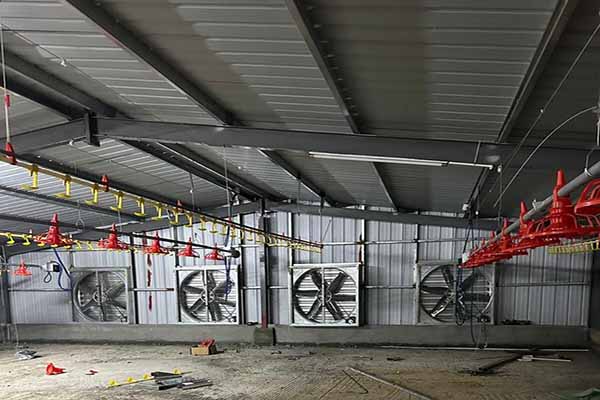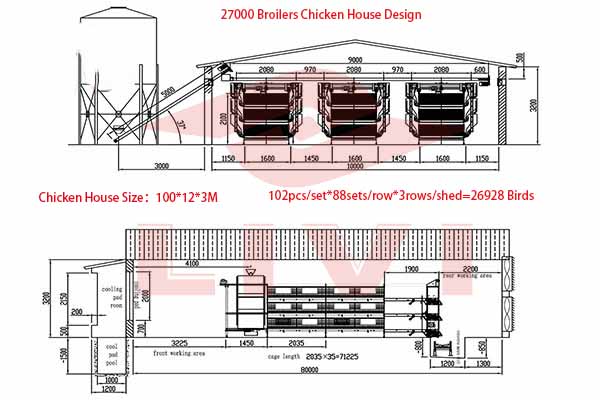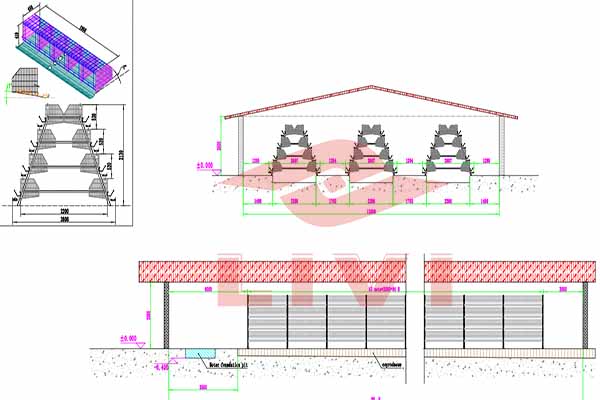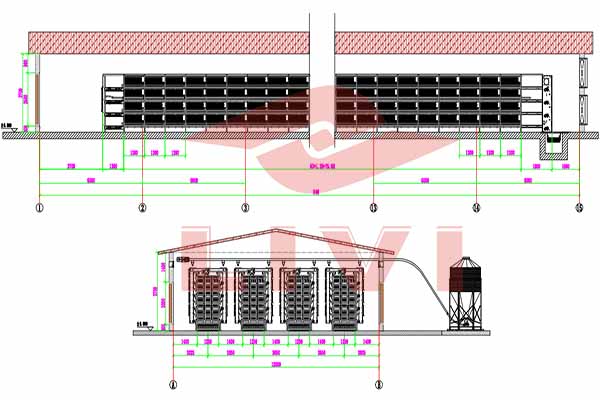Layer Cage Biosecurity Measures: Essential for Sustainable Poultry Farming
Implementing effective biosecurity measures in layer cage poultry farming is crucial for maintaining a healthy and profitable operation. By reducing the risk of disease outbreaks, farmers can ensure the well-being of their birds and maximize their investment returns. In this article, we will explore the key biosecurity measures that should be considered in layer cage operations.
Introduction to Layer Cage Biosecurity
Layer cage biosecurity is the practice of preventing the introduction and spread of diseases within a poultry farm. It involves a combination of physical, biological, and chemical measures designed to protect the birds from pathogens.

Physical Measures
- Sanitation: Regular cleaning and disinfection of the layer cages, feeders, and waterers are essential. This helps eliminate pathogens that could lead to disease outbreaks.
- Access Control: Limiting access to the farm to authorized personnel only reduces the risk of introducing diseases from outside sources.
- Proper Ventilation: Ensuring adequate ventilation in the layer cages helps maintain a healthy environment, reducing the risk of respiratory diseases.
Biological Measures
- Purchase Biosecurity: Selecting healthy birds from reliable suppliers and implementing a strict biosecurity program at the point of origin is crucial.
- Animal Movement Control: Restricting the movement of animals within the farm and between different facilities minimizes the spread of diseases.
- Regular Health Monitoring: Conducting regular health checks on the birds helps detect diseases early and implement appropriate control measures.
Chemical Measures
- Disinfection: Using appropriate disinfectants to clean and sanitize equipment, facilities, and vehicles can effectively kill pathogens.
- Vaccination: Administering vaccinations to the birds can provide immunity against certain diseases, reducing the risk of outbreaks.
- Medication Strategies: Using medication strategically to control diseases can be an effective biosecurity measure when used responsibly.
Case Study: Biosecurity Success Stories
According to a study by the USDA, farms that implemented comprehensive biosecurity measures experienced a 50% reduction in the risk of disease outbreaks. This highlights the importance of a robust biosecurity program in layer cage poultry farming.
Conclusion
Implementing layer cage biosecurity measures is not just a regulatory requirement; it is a critical component of sustainable poultry fa rming. By adopting these measures, farme
rming. By adopting these measures, farme rs can protect their birds, reduce production costs, and enhance the overall profitability of their farm.
rs can protect their birds, reduce production costs, and enhance the overall profitability of their farm.
Are you a poultry farm owner or investor looking to improve your biosecurity measures? Contact us today for a free, customized chicken farm design and equipment quote.




